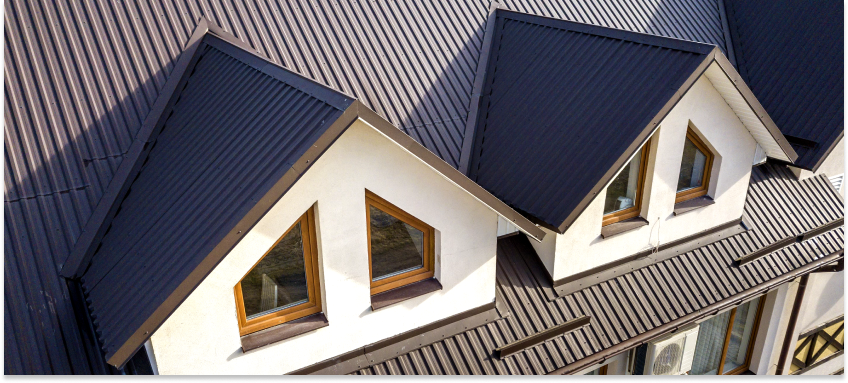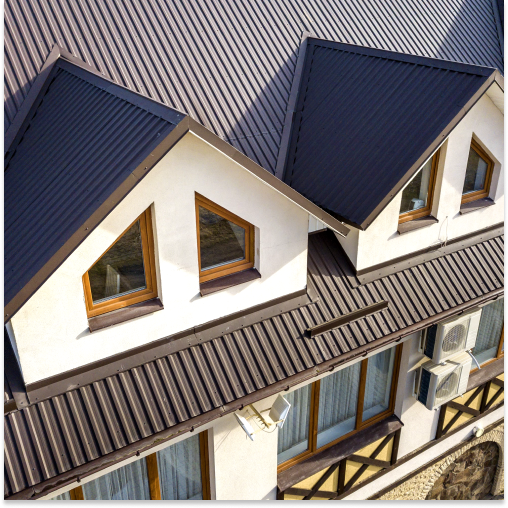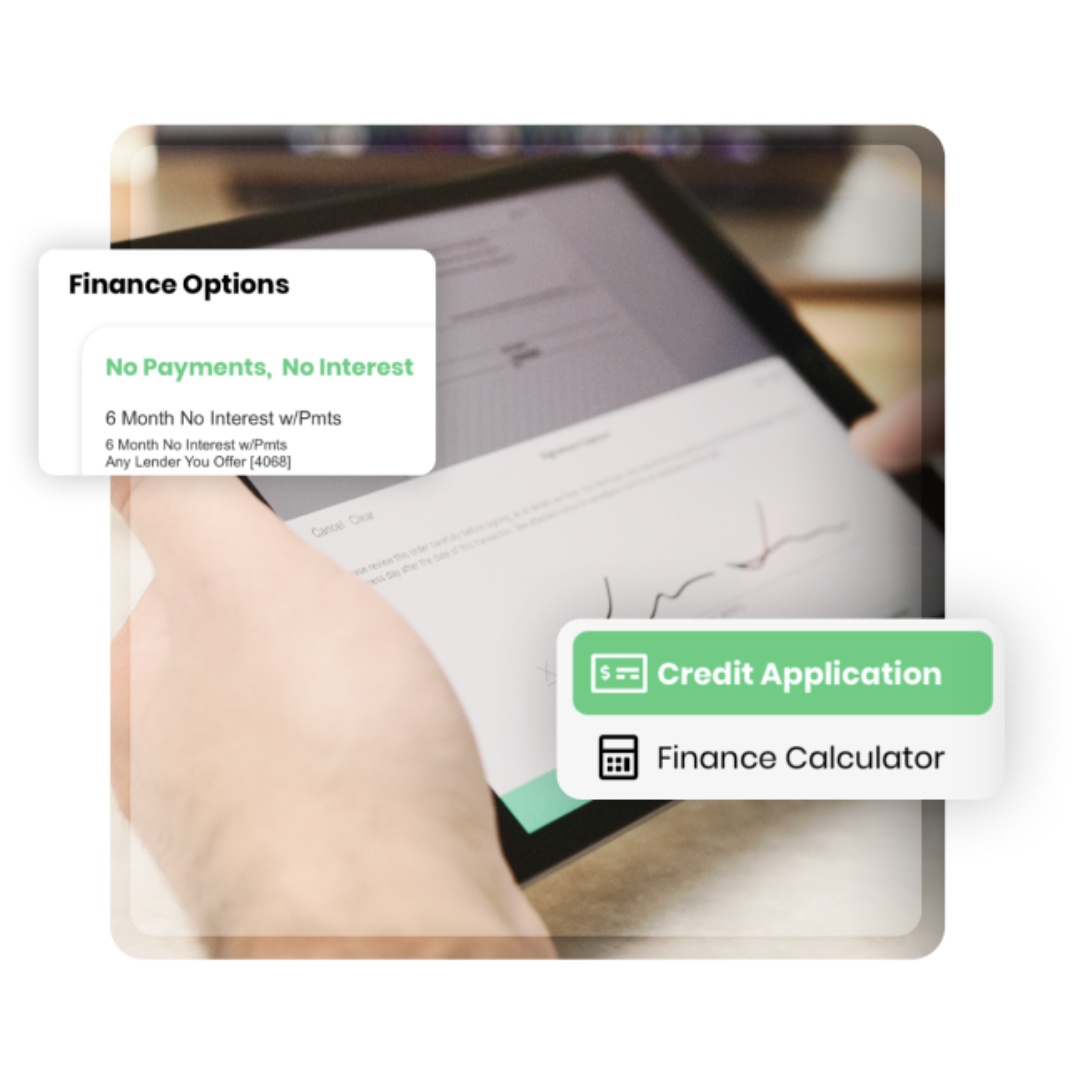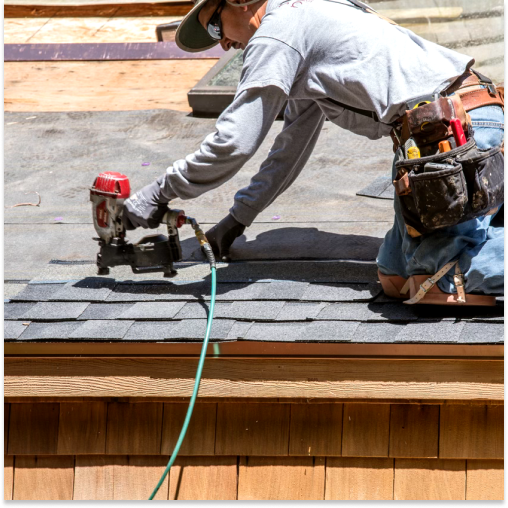Residential roofing contractors maintain homes, ensuring they are safe and appealing. And over time, the business has evolved and changed year-by-year. As we move toward 2025, several residential roofing trends are shaping the industry.
These trends highlight the evolution of roofing materials and reflect changes in technology, environmental awareness, and the business landscape. Therefore, let’s explore the top roofing trends to provide valuable insights for contractors looking to create a sustainable business.

Importance of Residential Roofing Contractors
Residential roofing contractors play a vital role in home maintenance, safety, efficiency, and overall value. Their work ensures that homes remain protected from the elements, such as rain, wind, and extreme temperatures.
A well-maintained roof also enhances a home’s energy efficiency by preventing heat loss during the winter and keeping the home cool in the summer. In general, this reduces energy bills and contributes to a more comfortable living environment.
Specifically, roofing contractors possess specialized knowledge and skills that go beyond simple repairs. They understand the intricacies of various roofing systems and can recommend the best materials and techniques for each project. This expertise is essential for homeowners, as selecting the wrong materials or installation methods can lead to costly repairs down the road.
Moreover, residential roofing contractors are often the first line of defense against potential problems. They can spot issues early, such as leaks or structural damage. This proactive approach saves homeowners time and money while extending the lifespan of the roof.
It’s clear that roofing contractors are essential to maintaining the integrity and efficiency of homes. Their expertise ensures that roofs are durable, safe, and tailored to the specific needs of each property. As we look ahead to 2025, their role will continue to evolve, driven by emerging residential roofing trends and innovations.
The 5 Biggest Residential Roofing Trends
As we approach 2025, several key trends are shaping the residential roofing industry. These trends reflect a growing emphasis on sustainability, technology, and resilience.
Homeowners and contractors alike are increasingly focused on materials that offer long-term durability, energy efficiency, and environmental benefits. Additionally, the roofing industry is seeing significant investments and partnerships that are driving innovation and growth.
For example, the five biggest residential roofing trends are:
- Durable, Sustainable, and Environmentally Friendly Materials
- Weather-Resistant Roofs
- Solar Market
- Private Equity Investments and Strategic Partnerships
- Transition to Business Software
Each of these trends is transforming the residential roofing landscape in unique ways. In the following sections, we’ll explore each trend in detail. Here we’ll examine how they are influencing the industry and what they mean for contractors going forward.
1. Durable, Sustainable, and Environmentally Friendly Materials
Sustainability is a driving force in the roofing industry. Homeowners are increasingly aware of the environmental impact of their choices and are seeking materials that are both durable and eco-friendly. This trend is leading to the rise of roofing materials that are long-lasting and made from sustainable sources.
One of the most significant shifts is the growing popularity of recycled roofing materials. These materials, often made from post-consumer waste, reduce the need for new raw materials and minimize the environmental footprint of roofing projects.
Metal roofing, for example, is gaining traction due to its recyclability and long lifespan. It’s resistant to weathering and can last up to 50 years or more. This alone makes it an excellent investment for homeowners.
Another trend is the use of cool roofing materials. These materials are designed to reflect more sunlight and absorb less heat, reducing the need for air conditioning and lowering energy costs. Cool roofs are particularly beneficial in warmer climates, where they can significantly improve a home’s energy efficiency. Additionally, they contribute to reducing the urban heat island effect, making them a sustainable choice for residential areas.
In summary, the trend toward durable, sustainable, and environmentally friendly materials is reshaping the residential roofing industry. As we head into 2025, these materials will continue to gain popularity, driven by the dual benefits of long-term durability and reduced environmental impact.
2. Weather-Resistant Roofing
With the increasing frequency of extreme weather events, the demand for weather-resistant roofs is on the rise. Homeowners are prioritizing roofing systems that can withstand harsh conditions, such as heavy rain, strong winds, and hail. This is one of the most critical residential roofing trends that is particularly evident in regions prone to severe weather.
One of the key developments in weather-resistant roofing is the use of impact-resistant materials. These materials are designed to resist damage from hail and debris, reducing the likelihood of costly repairs after a storm. Asphalt shingles with a Class 4 impact rating, for example, are becoming more popular due to their ability to withstand hailstones without cracking or denting.
Wind-resistant roofing systems are also gaining traction. In areas prone to hurricanes and strong winds, homeowners are increasingly opting for roofing solutions that can withstand wind speeds of up to 150 miles per hour. Metal roofing, in. particular, is valued for its wind resistance. It can be securely fastened to the roof deck and is less likely to be blown off during a storm.
Heavy snow and ice damage is another concern for roofers. In colder climates, the ability to shed snow and prevent ice buildup is essential for maintaining the roof’s integrity. Metal roofs, with their smooth surfaces, are particularly effective at allowing snow to slide off. This reduces the risk of ice dams and structural damage.
Overall, the trend toward weather-resistant roofs reflects a growing awareness of the need for durability in the face of extreme weather. As climate change continues to influence weather patterns, this trend is likely to become even more pronounced.
3. Solar Market Holding Firm
The solar roofing market remains robust as homeowners continue to seek energy independence and cost savings. Solar roofing solutions have evolved significantly over the past decade, becoming more efficient, aesthetically pleasing, and affordable. This trend is set to continue into 2025, with solar roofs becoming an increasingly common feature of residential homes.
One of the main drivers of the solar market is the growing interest in renewable energy. Homeowners are looking for ways to reduce their reliance on traditional energy sources and lower their carbon footprint. Solar roofs offer a practical solution by harnessing the power of the sun to generate electricity.
Financial incentives, such as tax credits and rebates, continue to support the adoption of solar roofing. Governments and utilities are offering various programs to encourage homeowners to invest in solar energy. These incentives, combined with the long-term savings on energy bills, make solar roofs an attractive option for many homeowners.
The solar market surged forward in 2023 and is holding firm in 2024. According to the Solar Energy Industries Association, residential solar is expected to shrink by 14% year-over-year. However, that’s still double the number of solar roofs that were installed two years ago.
The solar market holds firm as one of the most significant trends in residential roofing. As we move toward 2025, the combination of technological advancements, financial incentives, and growing environmental awareness will continue to drive the adoption of solar roofing solutions.
4. Private Equity Investments and Strategic Partnerships
Some residential roofing trends are reshaping the industry in different ways. And roofing companies have begun to attract significant attention from private equity investors and strategic partners. This is leading to increased innovation, consolidation, competition, and growth opportunities for contractors.
Private equity investments in roofing companies have been on the rise, driven by the industry’s steady growth and resilience. Investors are drawn to the potential for steady returns and the opportunity to scale businesses through acquisitions and expansion.
According to IBIS World, the roofing industry market size, measured by revenue, was more than 50 billion in 2023. For that reason alone, it’s clear to understand why there is growing interest in the market.
Strategic partnerships are also becoming more common in the roofing industry. Manufacturers, distributors, and contractors are collaborating to create more integrated and efficient supply chains. These partnerships often result in better pricing, improved access to materials, and enhanced service offerings for contractors and their customers.
The influx of private equity investments and the formation of strategic partnerships are transforming the residential roofing industry. Keep a close eye on these developments as contractors look to stay competitive in a rapidly evolving market.
5. Transition to Sales and Management Software
The transition to software is one of the most significant residential roofing trends in the industry. Contractors are increasingly adopting software solutions to streamline their operations, improve customer service, and enhance profitability.
One of the primary drivers of this transition is the need for greater efficiency. Roofing projects often involve complex workflows, from initial estimates to installations. The right software can simplify these processes by providing tools for project management, scheduling, and communications. Contractors can manage all aspects of a project from a single platform, reducing the likelihood of errors and ensuring that projects stay on track.
Estimating software, in particular, has become an essential tool for roofing contractors. Accurate estimates are crucial for winning bids and maintaining profitability. With estimating software, contractors can quickly generate error-free quotes with pricing control.
Customer relationship management (CRM) software is another critical component of modern roofing businesses. CRM systems help contractors manage their interactions with customers, from initial inquiries to post-project follow-ups.
As the roofing industry continues to evolve, the transition to software will become even more critical. Contractors who embrace technology will be better positioned to compete in the market, deliver superior service, and grow their businesses.
Leap: The Most Powerful Software Solutions for Roofing Contractors
Having the right tools is essential for success in roofing. That’s why Leap provides the most powerful roofing software solutions designed specifically for roofing contractors. With its comprehensive suite of features, the Leap platform helps contractors streamline their operations, improve accuracy, and enhance customer satisfaction.
Leap’s go-to software solutions will push your business ahead of the curve. The comprehensive features, ease of use, and integration capabilities are fit for roofing businesses of all sizes. Whether you’re looking to improve efficiency, enhance customer service, or boost profitability, Leap has the solutions you need to succeed.
Residential roofing trends are shaping the future of the industry in significant ways. Moreover, these trends reflect the evolving needs of homeowners and the increasing complexity of roofing projects. As they continue to unfold, roofing contractors who embrace change and invest in the right tools will be well-positioned to thrive. To see how Leap can transform the way you win and manage roofing jobs, fill out the form below to schedule a quick demo.




